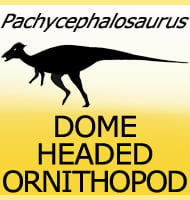Titanoceratops
In Depth Initially thought to represent a large Pentaceratops individual, Titanoceratops was declared its own genera after further study found the material to belong to a new, although still very similar, ceratopsian dinosaur. The large size of Titanoceratops was the inspiration for the new genera name, with the species name T. ouranos derived from the … Read more
